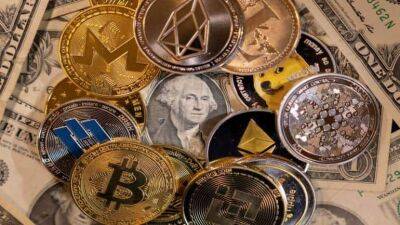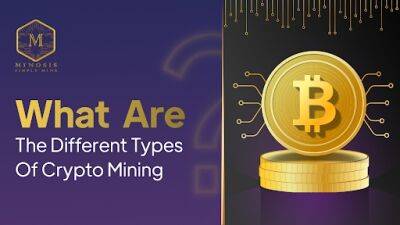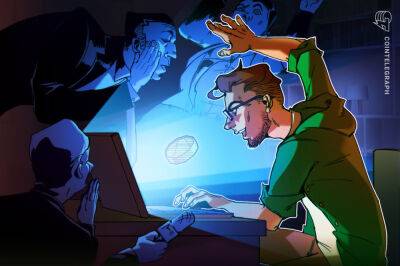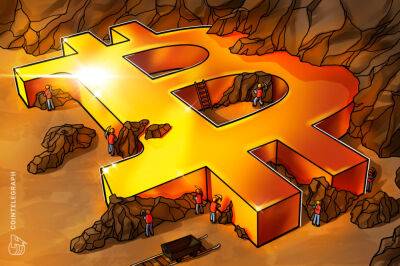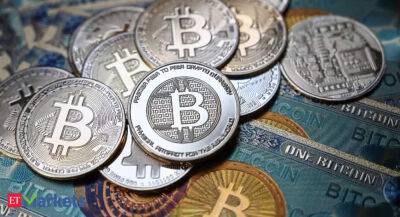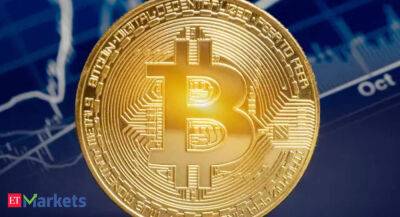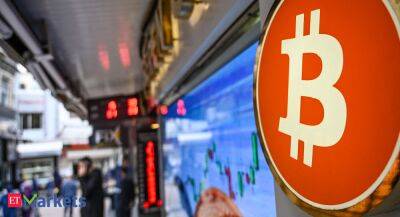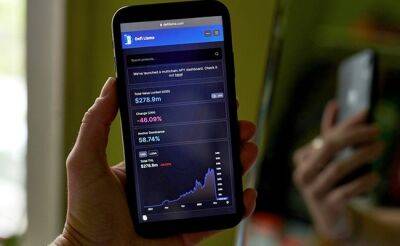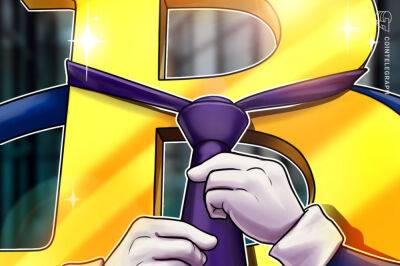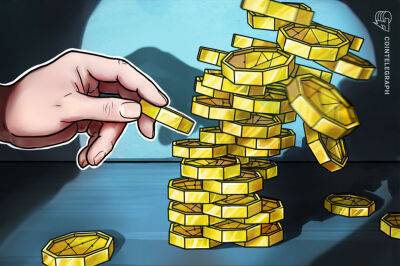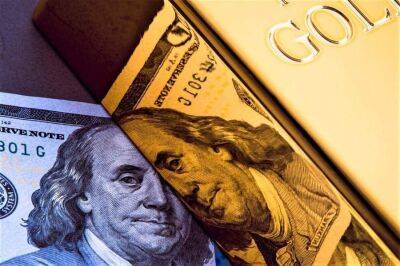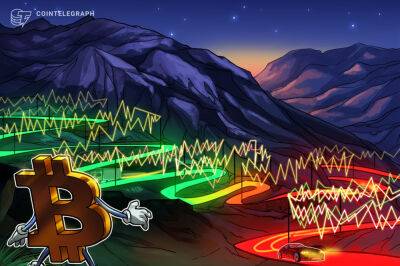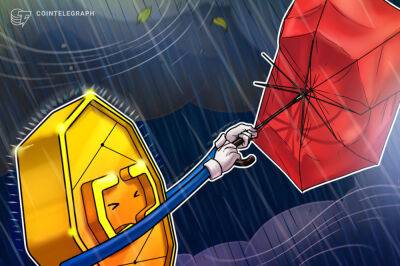Crypto's Richest Man Moves To Dubai As US Regulators Target Exchange
On May 16, CEO Changpeng Zhao disclosed the extent of Binances own Terra-related losses.
During the first few months of this year — back when buying digital tokens named after dog memes was still seen, at least in some of the most forward-thinking circles, as a perfectly reasonable way to participate in finance's bright new future — the cryptocurrency exchange Binance promoted a new, low-risk way to get in on the action. It urged its customers to invest in something called TerraUSD. The token was what's known in the trade as a “stablecoin,” a type of cryptocurrency that functions a bit like a savings account and promises to always be worth $1. Binance told customers who used its service to buy, sell, and invest in various cryptocurrencies that this particular stablecoin offered something special: the promise of annual returns of almost 20%. TerraUSD, Binance suggested to customers, could be somehow both “safe” and “high yield.”
As crypto enthusiasts know well, and as anyone accustomed to the normal rules of finance can probably guess, Terra turned out to be neither safe nor high yield. The coin was a Ponzi scheme, critics say, the beginning of a collapse that sent Bitcoin prices plummeting and caused companies across the industry to hastily lay off employees and freeze customer withdrawals. Bitcoin is down nearly 70% from its peak in November, and the industry has named the downturn the crypto winter.
This has been bad news for investors swept up in the frenzy, as well as for Binance itself. On May 16, Chief Executive Officer Changpeng Zhao disclosed the extent of Binance's own Terra-related losses. The company's stake had been worth $1.6 billion but was now worth close to zero. Not that Zhao was heeding or issuing any
Read more on ndtv.com




 ndtv.com
ndtv.com